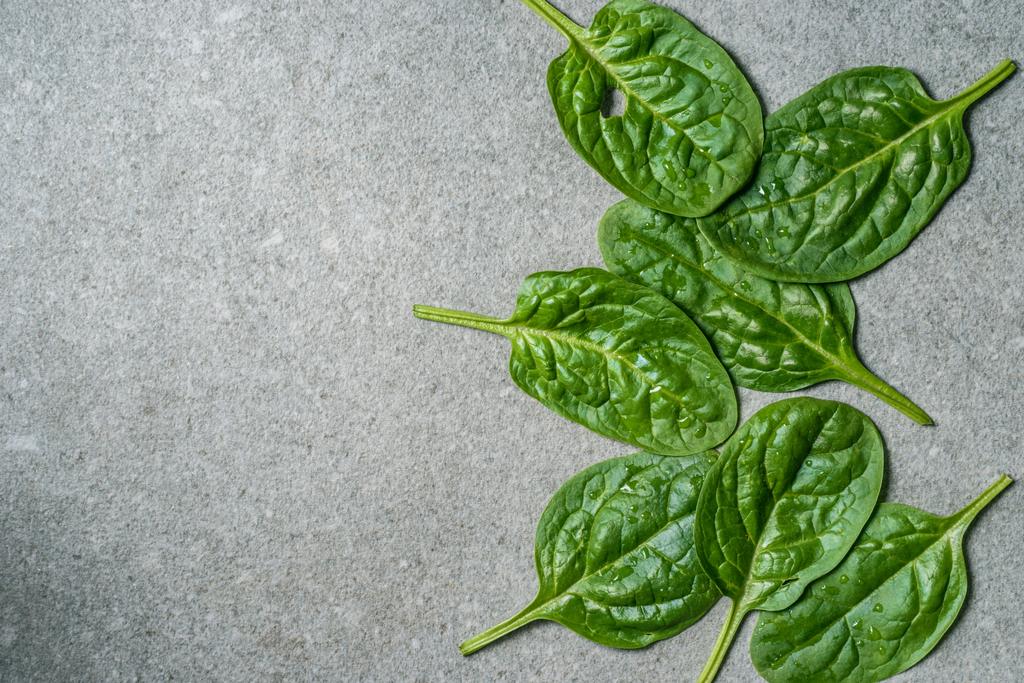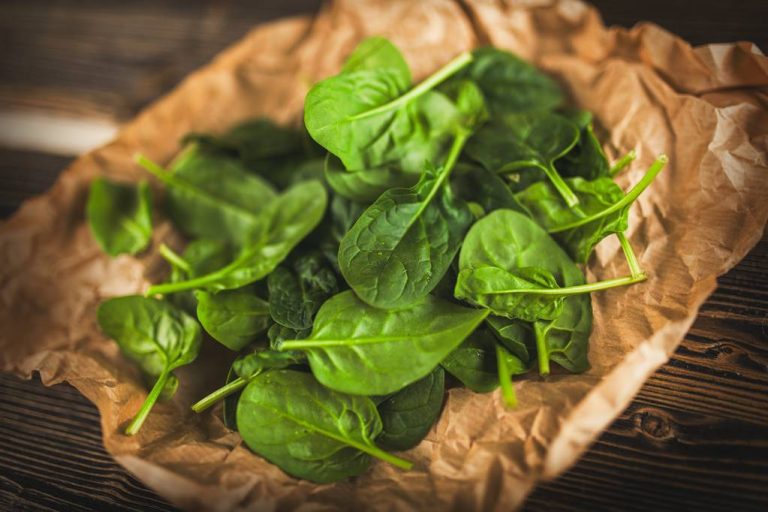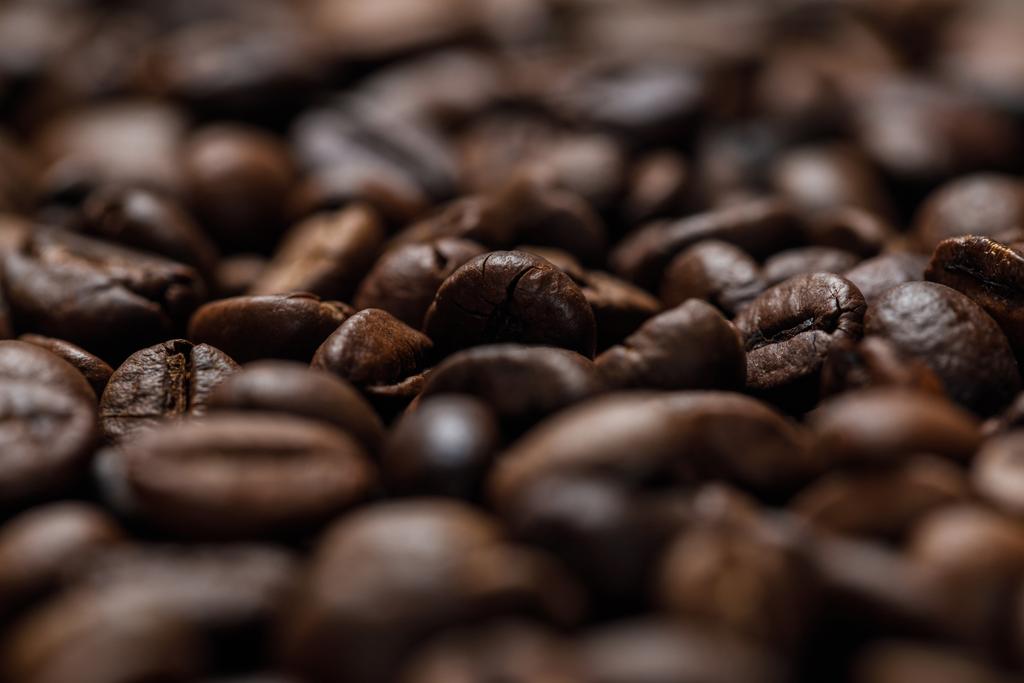Spinach is very healthy – not only because of its iron content. Here’s everything you need to know about the nutrients in green leafy vegetables.

These nutrients make spinach healthy
Even natural sciences are not infallible. In 1890, the physiologist Gustav von Bunge determined the iron content of spinach to be 35 grams per 100 grams. However, he examined dried spinach. This is how the rumor came about that spinach was extraordinarily rich in iron. Because fresh spinach consists of 90 percent water and therefore only contains 3.5 milligrams of iron per 100 grams. However, this value is still high enough to make spinach an important source of iron. Nevertheless, spinach is very healthy.
According to Ingeborg Münzing-Ruef’s “Healthy Nutrition Course Book”, spinach contains several other vital vitamins in addition to iron, magnesium and zinc.
Spinach is rich in folic acid. This nutrient from the group of B vitamins is essential for cell maturation and cell division processes in your body.
Spinach is also rich in beta-carotene. Your body uses this to produce vitamin A, which is needed for cell renewal in the skin and mucous membranes. Carotenoids also have an antioxidant effect, which means that they protect your cells from free radicals.
Other vitamins in spinach include vitamin C and vitamin K.
healthy spinach: You should pay attention to that
Spinach is high in oxalic acid. This makes it harder for your body to absorb iron and other important nutrients. You can work around this problem with the following two options:
Blanch the spinach before cooking it. This reduces the oxalic acid content.
Calcium binds the oxalic acid in the stomach. That’s why it’s good to eat spinach with calcium-rich foods.
Some people are also critical of the nitrate content of spinach. Nitrate by itself is not particularly harmful to the adult body. However, the substance can convert to nitrite if you store the spinach incorrectly. Large amounts of nitrite are hazardous to health. That’s why some say you shouldn’t reheat spinach that’s already been cooked.
According to the BfR, the advantages of a diet rich in vegetables outweigh possible risks from slightly increased nitrate and nitrite levels. You should not do without spinach, but eat vegetables alternately.
Spinach is healthy
Conclusion: Spinach is healthy if you prepare it properly. And since the vegetables are in season from March to December, you can incorporate fresh spinach into your diet most of the year. Frozen spinach is also rich in healthy nutrients.
When buying, pay attention to organic quality – because conventional spinach is often contaminated with pesticide residues. When you cook spinach, don’t overheat it for too long.




